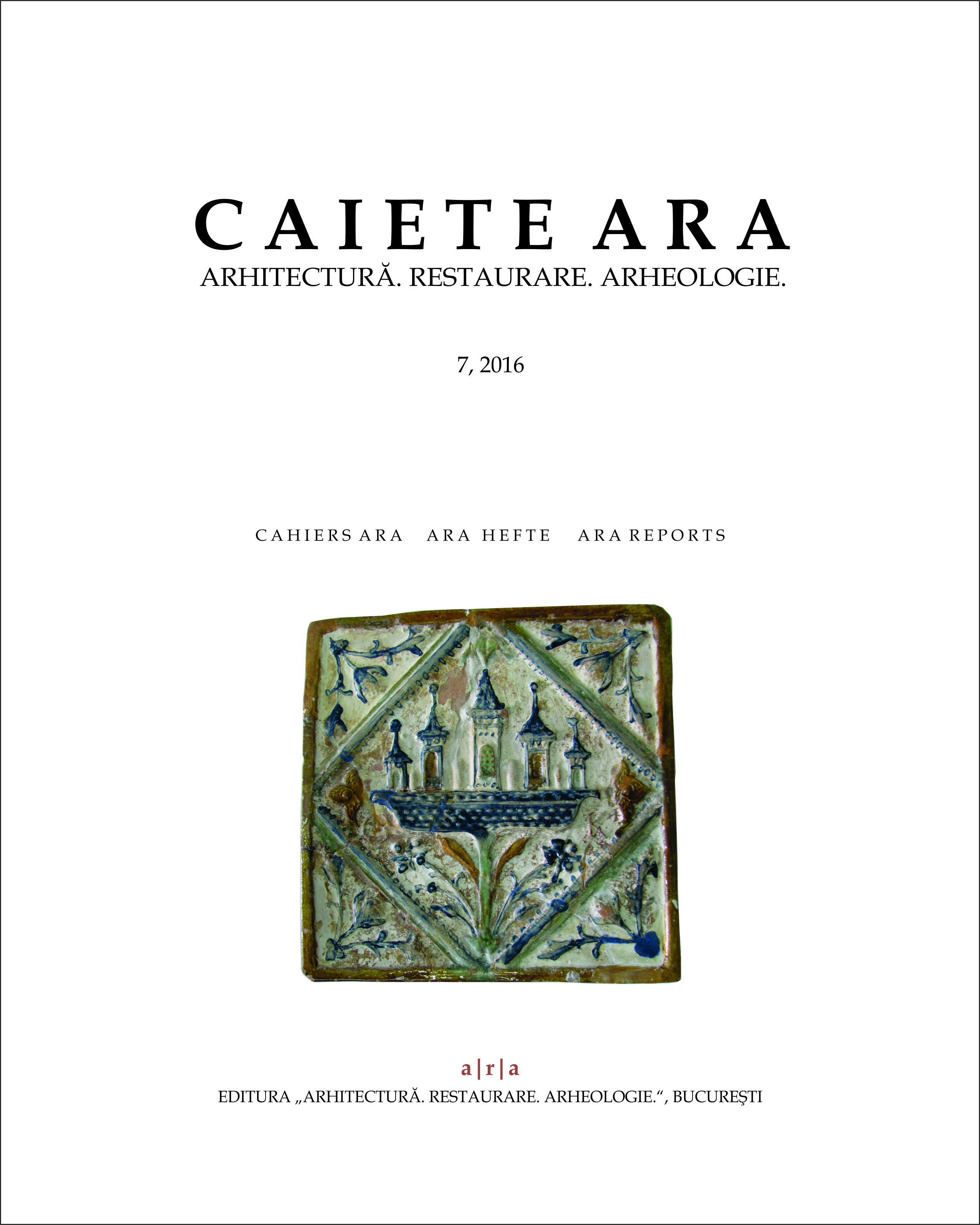The early medieval tesserae from th St. Servatius Church excavations in Maastricht - the Netherlands (1981-1989)
The early medieval tesserae from th St. Servatius Church excavations in Maastricht - the Netherlands (1981-1989)
Author(s): Titus PanhuysenSubject(s): Archaeology, Architecture, 13th to 14th Centuries, 15th Century
Published by: Editura "Arhitectură. Restaurare. Arheologie"
Keywords: church archeology;Maastricht (NE); St Servatius;cubical mosaic stones;tesserae;glass; chemical analysis;Carolingian period;Harris-Matrix;Paix-Dieu/Amay (BE); workshop;basilica;
Summary/Abstract: In the eighties of the last century a massive excavation was carried out in the Church of St Servatius in Maastricht in the context of an overall restoration of the church building which dates from the 11th to 15th century. The Servatius Church was originally a grave church that was founded in the sixth century by Bishop Monulph of Maastricht creating a pilgrim centre to honour his fourth-century predecessor Servatius, the first Bishop of Tongeren (BE). The excavations have not only brought to light remains of the sixth-century church building of Monulph, but also a hitherto unknown and richly decorated basilica that was in use between c. 650 and 950 A.D. as an abbey church. The diggings were extremely meticulously carried out over 40 connecting excavation trenches and the whole is very well documented and drawn in nearly 374 plans and sections. The digging is done entirely by hand and the soil is sieved dry as much as possible in stratigraphic units. That has resulted in a large amount of dating sherds within a reliable Harris-Matrix. Special material groups were found such as window glass, tesserae (cubical or cuboid mosaic stones) and fragments of wall paintings. The 133 mosaic stones from this excavation will be discussed here within their find contexts, from which something can be deduced about their original use and significance. This article is the result of a presentation during a most important Workshop in Belgium in March 2015 in the former Abbey of Paix-Dieu (Amay, BE) under the title Early medieval tesserae in north-western Europe (VIth-Xth century).
Journal: Caiete ARA
- Issue Year: 2016
- Issue No: 7
- Page Range: 109-119
- Page Count: 12
- Language: English
- Content File-PDF

